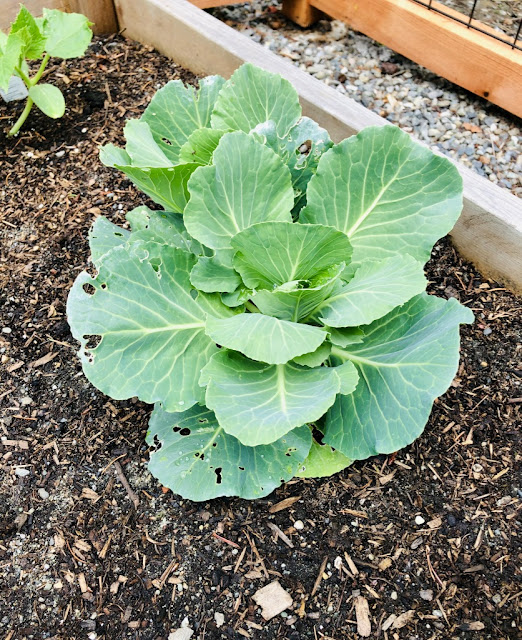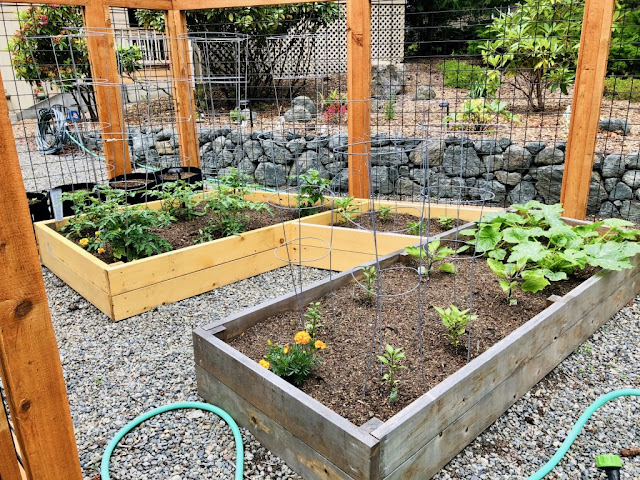It has been 9 days since I wrote my first garden journal update here in Sequim, WA and this post provides an update. I've got some good news and I've encountered some challenges but all is fair with Mother Nature.
First the good news. The seeds I planted are all coming up. This includes radishes, beets, spinach, beans and dill in this raised bed.
- Mason Bees (metallic, solid black, and other colors) have a cell partition material of mud and chewed plant material.
- Resin Bees (striped) have a cell partition material of plant resins, sand, and pebbles.
- Leafcutter Bees (striped) have a cell partition material of cut or chewed leaf sections.
- Carder Bees (black and yellow, or black and white) have a cell partition material of compacted fibers, hair, resin, and sand.
- Carpenter Bees (various colors) have a cell partition material of compacted sawdust.
- Masked Bees (various colors) have a cell partition material of a plastic-like membrane.
Unfortunately, the pipes were located on the inside of the post, and he started digging on the outside of the post first - double work.
Here is the repaired piping. The hole was back filled and all is well now thank goodness.
Another challenge I'm facing now is insect pests. I read an article in the Sequim Gazette this week (very fortuitous) regarding Leaf Miners. This article could not have come at a better time. As stated in the article:
"Leaf miners are one of the most common insect problems in Pacific Northwest gardens. They affect a large number of vegetable crops such as spinach and bush beans as well as ornamental plants and weeds. Although a common plant problem, leaf miners are fairly host-specific and result from the larvae of a variety of flies, moths, and beetles. The spinach (or beet) leaf miner is the larval stage of a small gray insignificant fly about ¼ inch long with prominent black hairs. The fly lays eggs, usually on the underside of leaves of susceptible plants including spinach, beets and chard and broad-leafed weeds such as lamb’s quarters."
https://www.sequimgazette.com/life/get-it-growing-leaf-miners/
Unfortunately for me, these plants make up a lot of my garden. I will now have to wage war. New bean sprouts are already being attacked.
The cabbage leaves are also being attacked. It is possible that slugs may be contributing to my woes as well.
Lower broccoli leaves and swiss chard leaves are also being chewed on but it is not catastrophic.
I observed that the warm weather crops I planted (which include tomatoes, different varieties of peppers, zucchini and yellow squash, as well as cucumbers and eggplant,) are not experiencing any of the problems. I actually have tiny tomatoes growing on four of the six tomato plants.
The first Bell Pepper has popped out and more little flowers have emerged since last week.
The zucchini and yellow crookneck squash are growing well.
The zucchini leaf is bigger than my hand now. It grew a lot this past week.
One of the cucumber plants has grown enough that I can wrap it around the its back trellis.
Final overall photos for use to compare next week's growth. All of the tomatoes and most of the peppers have cages now.
Overall I would say we have enough sunlight (that was a concern because the trees cast long shadows in the early morning and evening. I only have to sprinkle the beds once a day so watering is very easy and we are not planning on installing an automatic watering system like we had in Texas (which was absolutely needed there due to our hotter than heck summer weather). Now - on to the next week of gardening and pest diversion!























No comments:
Post a Comment